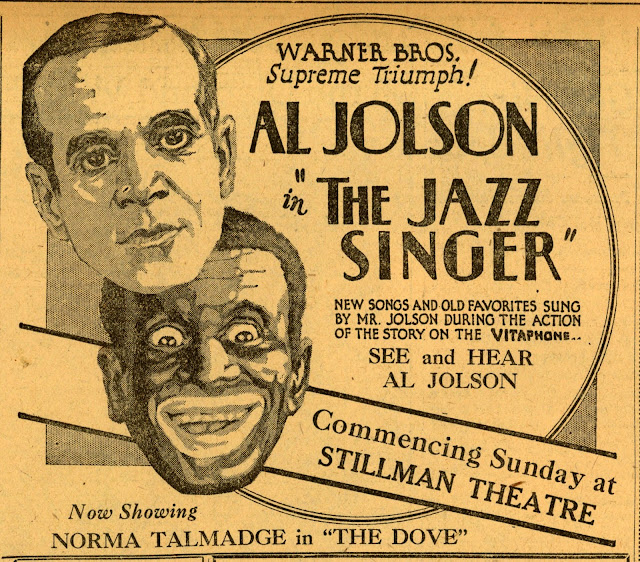Icy Boxoffice For A Cold War

The Red Danube (1949) Is Ill-Timed Dream Merchandise Occasional benefit to pic personnel was feeling they were doing something important rather than spit-out of product most associated with H'wood. The Red Danube took serious stock of Vienna and post-war allied breakdown without stepping foot there, other than second units dispatched to sites lately ripped by combat. MGM had resource to mirror most credibly any foreign place, so why dispatch full crew and principals where total control of resources could be had at home? The Red Danube 's trailer conv eys heft going in, each of stars addressing the camera to say how meaningful this project is to them. Here was dramatization of hottest news on eve of a coldest war the US would fight. Louis Calhern even interrupts his golf game to tab The Red Danube as a must-see. Production manpower is demonstrated by means that would have been unattainable had Metro gone offshore, press boasting of 750 trucks plus 1500 extras for highlight ...



